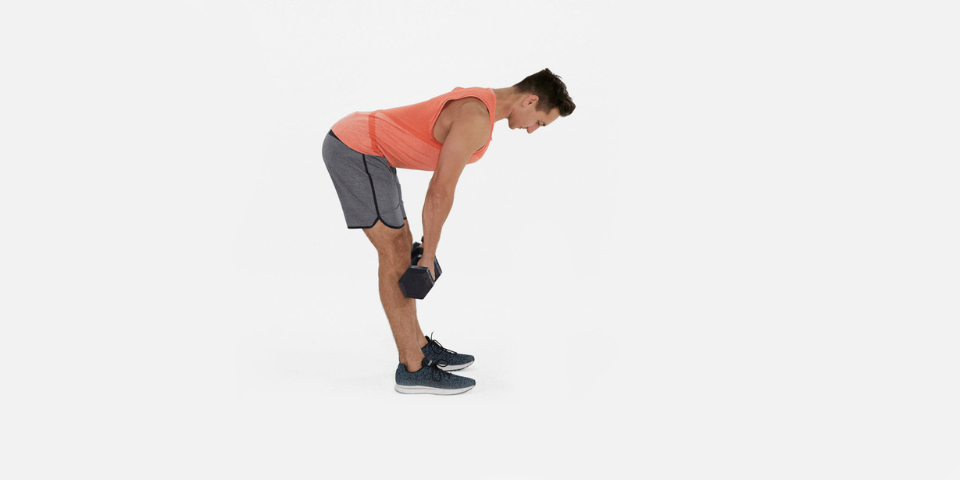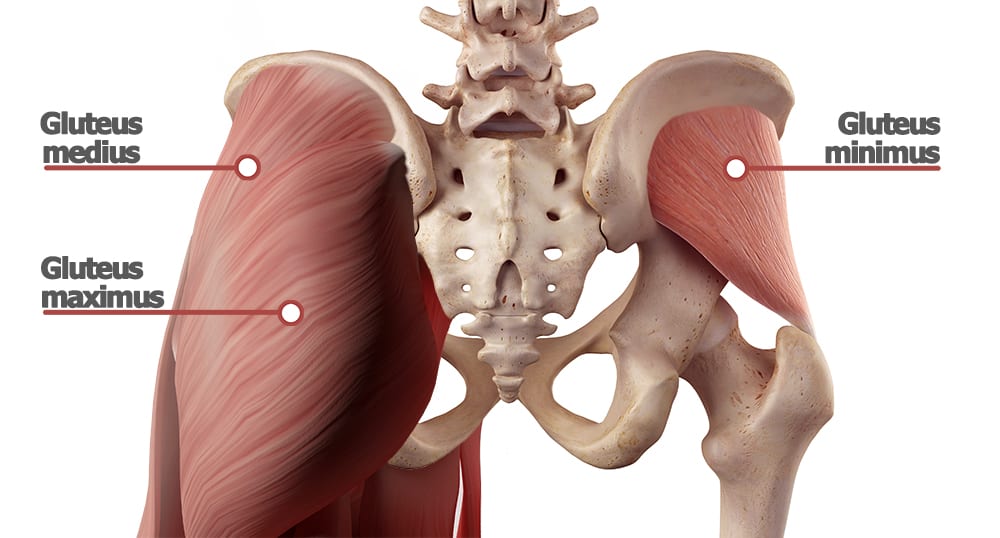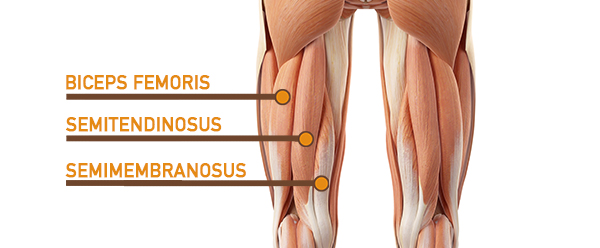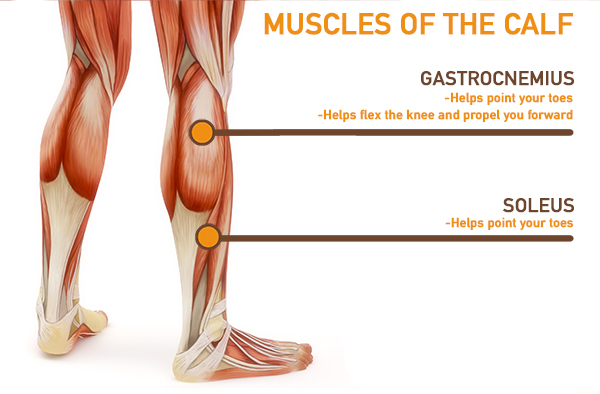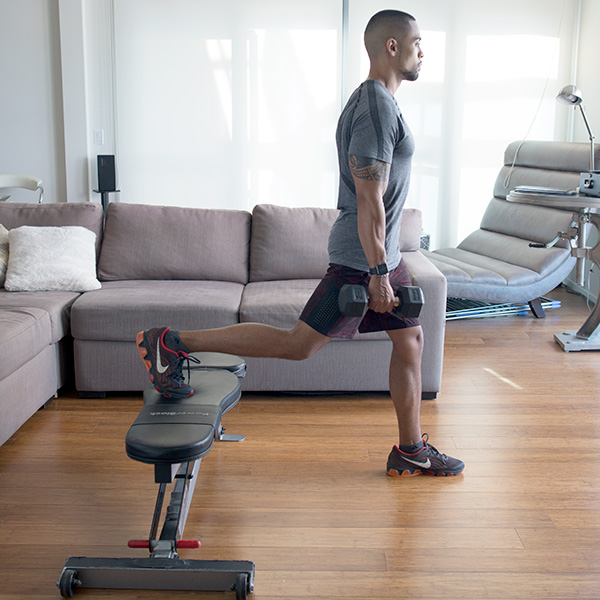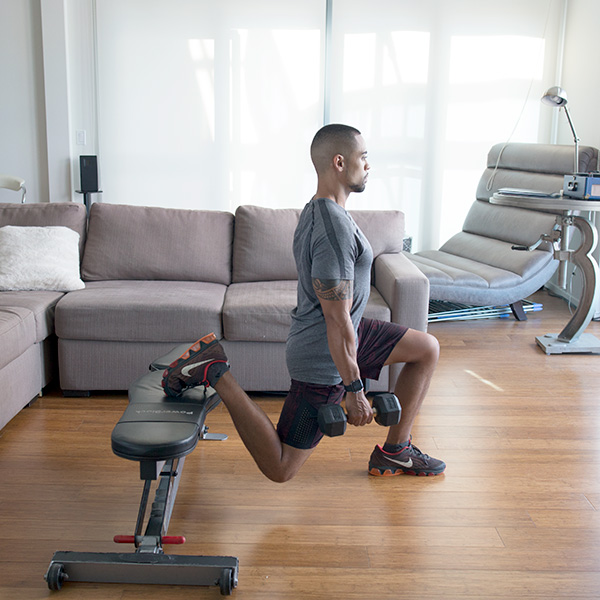The Romanian deadlift may be the hardest simple exercise you can do in the gym. Like the squat, the Romanian deadlift (or RDL) looks fairly straightforward, but doing it well takes practice and precision.
The payoff, however, is great — and strong-looking glutes, hamstrings, and lower back muscles are just the beginning. “The RDL is more than an aesthetic or strength exercise,” says Jolie Kobrinsky, RKC, TRX. “It’s the lynchpin for explosive strength and power.” Here’s a primer.
Romanian Deadlift: Step-by-Step Instructions

- Stand with your feet shoulder-width apart and parallel, holding a pair of dumbbells in front of your thighs, palms facing you.
- Draw your shoulders back, unlock your knees and engage your core as you slowly hinge at your hips, sending your butt back.
- Maintaining your lower back’s natural arch, lower the weights until your torso is nearly parallel to the floor. Keep your head neutral and the weights close to your body throughout the movement.
- When you can’t descend farther without rounding your back (you should feel a deep stretch in your hamstrings), pause, and push your hips forward to return to the starting position.
Common Romanian Deadlift Mistakes
Avoid these RDL mistakes to make the most of the exercise and potentially save yourself an injury.
1. Rounding your back
At first glance, the RDL looks like a toe-touch movement. But it’s really a “hip-hinge” movement: Nearly all of the action takes place between the pelvis and the thighbones — not in your lower back.
“Sometimes I’ll have a client stand with a wall a foot or so behind them,” says Kobrinsky. As you do the move, try to touch your butt to the wall, and think hips back.
2. Trying to place the weights on the floor
In powerlifting competition, a deadlift isn’t legal unless it starts on the floor. In the RDL, the end point of the lift is the moment your hamstrings are fully stretched. In less flexible people, that might be when the weights are at knee height. In more flexible people, they might reach mid-shin. Work within your limits.
3. Allowing the weights to drift forward
As you fold forward, the weights should stay close to your legs. The farther forward the weights drift, the more pressure is outsourced to your lower back.
4. Bending your knees too much — or too little
Your knees should bend 10 to 20 degrees as you lower the weights. This will happen naturally if you focus on the correct cues: pushing your butt backward, keeping your lower back flat, and holding the weights close to your legs. Too much or not enough bend in your legs shifts the focus of the move.
Muscles Worked By the Romanian Deadlift
Like all deadlift variations, the RDL is a posterior chain exercise, focusing primarily on muscles on the back side of your body.
Glutes
The largest muscle in your body, the gluteus maximus extends (straightens) your hips as you raise your torso from the bent to the upright position. Two smaller butt muscles, the gluteus minimus and gluteus medius, help to stabilize your hips as you perform the move.
Hamstrings
The muscles on the backs of your legs stretch deeply at the bottom of the movement and help the glutes extend the hips.
Adductors
These muscles on your inner thighs, whose primary function is to squeeze your legs together, also function as another hip extender in the RDL.
Spinal erectors
Flanking your spinal column, these muscles keep your torso straight and your back naturally arched.
Calves
The gastrocnemius and soleus (upper and lower calf, respectively) contract to help you maintain balance.
Stiff-Legged Deadlift vs Romanian Deadlift
Opinions on the difference between these two exercises vary enough among smart trainers to suggest that the answer is murky. Here’s the sanest explanation we’ve heard for distinguishing the two moves.
- Starting position: Typically, the stiff-leg deadlift starts with the weight on the floor. As described above, the Romanian deadlift begins with the lifter standing.
- Implementation: Since you start the stiff-leg deadlift from the floor, it’s easiest to perform the move with a loaded Olympic bar — which sits a little higher off the floor than a pair of dumbbells — or by lifting a pair of dumbbells off of an aerobic step or short box instead of from the floor.
- Lowering the weight. In the Romanian deadlift, the lifter lowers the weight under control; in the stiff-leg deadlift, the lifter essentially rolls their hips forward and “drops” the bar to the floor with minimal control.
Alternatives to the Romanian Deadlift
RDLs are a great option for the classic hip-hinge movement, but they’re by no means your only option. Here are a few other ways to nail your posterior chain.
1. Swiss ball leg curl
Lie on your back with your feet elevated on a Swiss ball, and bend your knees, pulling the ball backward as you lift your hips into the air. This one hits the hamstrings hard. Prepare for a muscle cramp or two your first time out.
2. Dumbbell deadlift
From the same starting position as the RDL, simultaneously hinge at your hips and bend your knees, keeping your back straight. You’ll be able to handle bigger weights and get greater glute and quad involvement.
3. Bulgarian split squat
This advanced lunge, performed with your back foot elevated, will light up your glutes and quads like almost no other move.
4. Single-leg deadlift
Stand on one foot and hinge forward on the hip of your standing foot, lifting your back leg parallel to the floor. You’ll hit all the muscles lit up by the double-leg version, and build balance and coordination as well.
Other options: Lying glute bridge, side plank, side-lying clamshell, hyperextensions, glute-ham raises, and step-ups.

